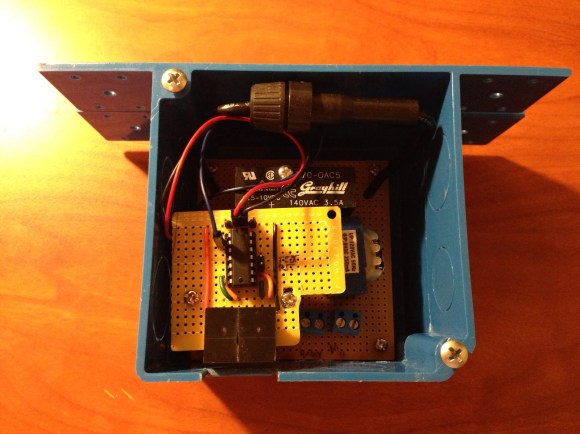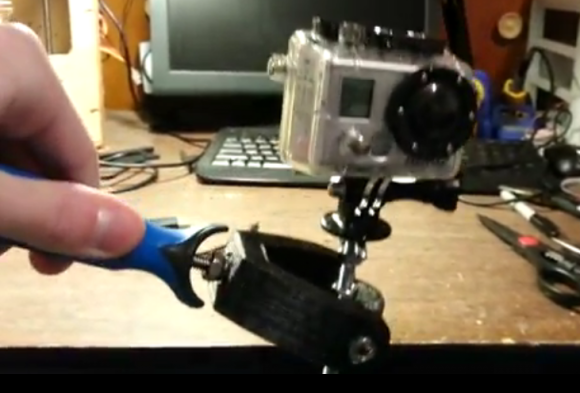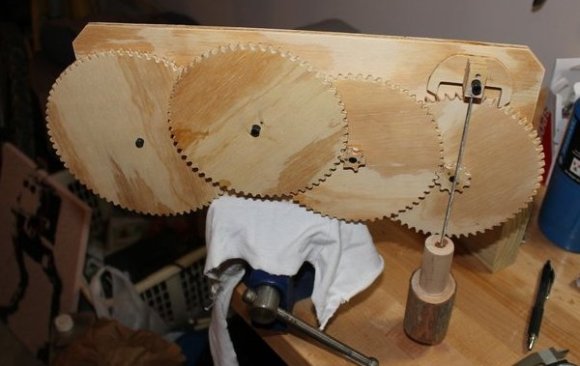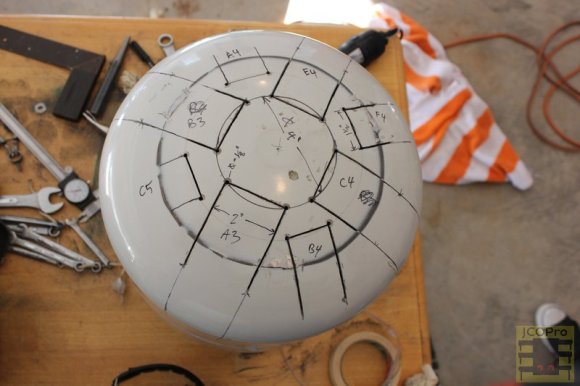[Dillon] wrote in to tell us about his latest project, an automatic light switch for a the hallway closet in his house. Although this project could probably be done very simply, [Dillon] accomplished everything in a way that actually looks professionally done and has some neat features. Check out his site for more pictures of the build.
Not that we at [HAD] mind a bit of messy wiring, but if it’s going inside a house, neater is always better. On the other hand, this project took nearly a year to go from idea to implementation, so please keep submitting your spaghetti-wired projects. We understand.
As an electrical engineering major, [Dillon] didn’t skimp on basic electrical components, and has schematics available on his site. A MSP430 microcontroller provides the “brains” for everything, turning the light off after 5 minutes if the doors are not shut. Be sure to check out his video overview after the break with footage of it in action. Continue reading “Automatic Closet Lightswitch”

















